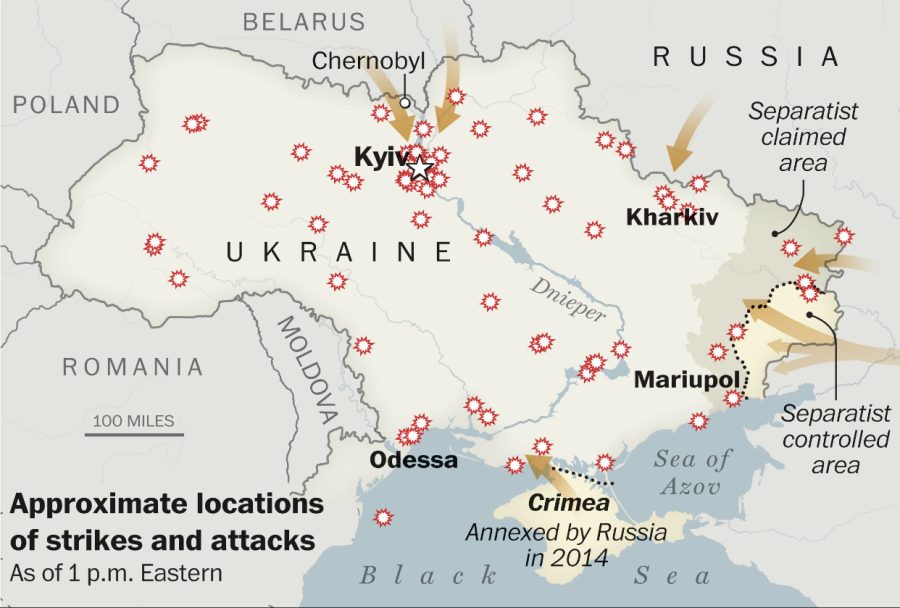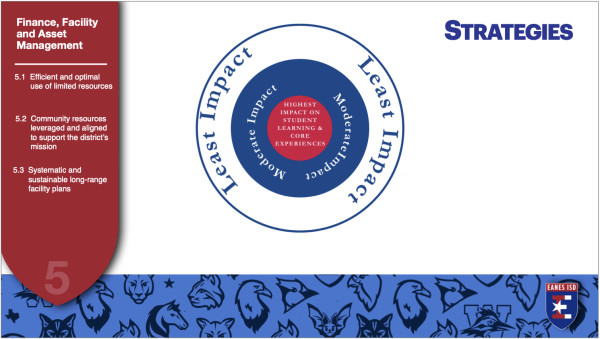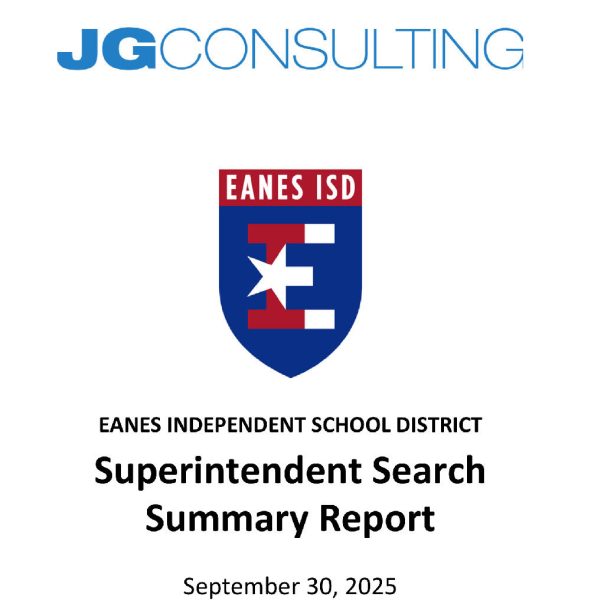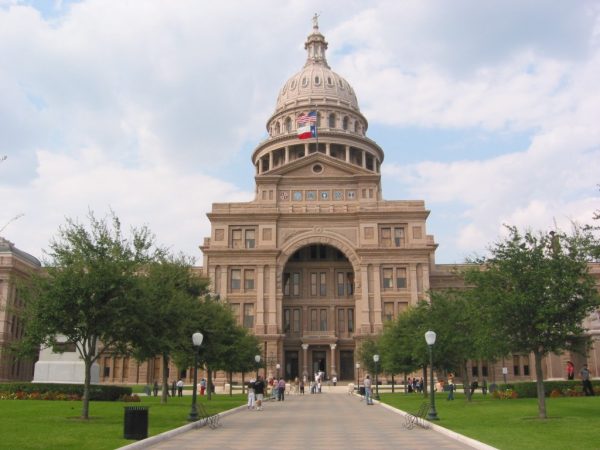Russia invades Ukraine, student argues that conflict is more complicated than it seems
*This article was originally written before Russia’s invasion of Ukraine. Updates have since been added at the bottom of the article.
Let’s start with what’s most difficult—with singing
and quenching the fires emerging from the night.
Let’s start by whispering the names,
let’s weave together the vocabulary of death.
To stand and talk about the night.
Stand and listen to the voices
of shepherds in the fog
incanting over every single lost soul.
– Serhiy Zhadan, a Ukrainian poet
Written in 2020 as an opening to his poetic anthology A New Orthography, Zhadan communicates how the atrocities of the Russo-Ukrainian war exclude no one. Now in 2022, the entire world is watching.
As instability grows around the Ukrainian-Russian border amid debates over Ukraine entering the North Atlantic Treaty Organization and formally allying itself with Western powers, questions arise as to whether or not Russia will truly invade, and what the primary motivation behind the recent aggression is. The discord between different nation’s governments and their thoughts on the scale of the Russian threat adds to public confusion. The severity of the conflict remains unclear; however, many lack any previous knowledge on the history of recent disputes between Russia and its neighboring satellite state. Tensions between the two countries run deep, but so do bluffs and empty threats from both sides. Economic motivations also put alliances to the test as countries with closer ties to Russia such as Germany, which has formed relations with the Kremlin over the past decades, refuse to deploy troops in defense of Ukraine. These connections strain the historical German alliances with other Western countries. Nonetheless, the historical debates over borders and control go back decades and, if the trend continues, may afflict the decades to come. It is crucial for younger generations that will soon enter this real world to understand the scope of this issue, and many others like it. Admittedly, I’ve come to find school doesn’t do a great job on facilitating productive conversations among peers regarding current events. Thus, it falls to us to be proactive in our pursuit for information and achieve a broad perspective on geopolitical issues.
When the Soviet Union first began to collapse in 1988, Ukraine was one of the last states to officially declare sovereignty Aug. 24, 1991. Even after independence, Russia still had a strong influence on Ukraine’s culture, people and government, which continues to this day. Nonetheless, Ukraine extended its alliances to members of NATO but never formally joined as countries like France and Germany did, fearing Russia’s response. Instead, in April of 2008, according to Reporter Becky Sullivan of NPR, NATO promised that Ukraine would one day be a member of the alliance, leaving many in the dark about when and how this would happen.
In 2014, the Maidan Revolution occurred in Kyiv’s Maidan Square, with protests demanding that Ukrainian president, Viktor Yanukovych, resign after he pulled out of a trade agreement with the European Union only days before it was supposed to be signed. This followed years of political disagreement in Ukraine over Russia and the West. Yanukovych cited pressure from Russia, but protestors and the West remained furious. Clashes between protestors and policemen resulted in more than 100 dead, causing Yanukovych to flee to Russia and Ukraine to install a temporary government that followed through with the trade agreement. However, Russia did not see this transfer of power as legitimate and sent troops to Crimea to annex it, which the West does not recognize to this day. According to Sullivan, tensions continued to worsen in 2014 as Russia sent some 40,000 Russian troops gathered on Ukraine’s eastern border, inciting violence in the region of Donbas that still continues in 2022.
Ukraine and Russia debated over whether or not Russian soldiers were truly on Ukrainian soil, but Sept. 5 of 2014, the Minsk agreement was signed with a precarious ceasefire in place. The fragility of this agreement was blatant, however, leading to the Minsk II agreement that, according to then Secretary of State John Kerry, aimed for a full ceasefire, the withdrawal of all foreign troops and equipment from Ukraine, the full restoration of Ukrainian control of the international border and the release of all hostages. The Minsk II agreement, like its predecessor, failed to stop the violence erupting between Russia and Ukraine.
The two countries continued to disagree over alliances with exchanges of physical and cyber conflict, and a scandal revolving around former U.S. President Donald Trump and Ukrainian President Volodymyr Zelenskyy developed after the former requested for Ukraine to open an investigation into the Biden family and the energy company Burisma in exchange for what appeared to be U.S. military aid. This most famously led to Trump’s impeachment in December 2019.
According to Sullivan, in April 2021, Russia sent about 100,000 troops to Ukraine’s borders that were only partially withdrawn later by Russia, raising fears over another invasion of Ukraine. Because of this, Ukraine requested NATO leaders for an urgent timeline that allows its acceptance into NATO, although the timeline has still not been created. Regardless, the U.S. takes a firm stance on Ukraine’s independence from Russia and verbally supports Ukraine’s sovereignty.
Later in 2021, an additional 130,000 Russian troops were sent to the Ukrainian border. President Biden responded by deploying thousands of U.S. troops to countries around Ukraine. U.S. soldiers will not fight in Ukraine, but will instead act as a bolster for neighboring countries in NATO such as Poland. However, these troops are meant primarily for reinforcement, which would prevent an overspill of fighting in case an invasion would come. Biden also threatened sanctions targeting banks and other economic institutions, some of which have already been put in place.
According to Reporter W. J. Hennigan of Time magazine, as of this year, Western fears have grown following intelligence warnings that the Russian military could invade Ukraine at any time. This has led to the evacuation of embassy members and the urging of all U.S. civilians to evacuate. Ukraine’s views clash with the West as the Ukrainian government reaffirms there is no need for panic over the situation. Furthermore, there is doubt within NATO itself in the context of European dependency on Russian gas, especially between the U.S. and Germany. This is most credited to the recent Nord Stream 2 pipeline, a proposed continuation of the Nord Stream that Germany and many other European countries depend on for natural gas. The addition would run parallel to existing gas lines, swerving around Ukraine under the Baltic Sea and provide more gas to Germany. According to BBC, the combination of the Nord Stream 2 pipeline with the existing Nord Stream pipelines could deliver 110 billion cubic meters of gas to Europe every year, which is over a quarter of all gas that European Union countries use annually. The U.S. government views the €10 billion pipeline as leverage for Moscow over the rest of Europe, whereas Germany maintains that the pipeline is simply commercial. Regardless, without the pipeline systems, Germany would effectively be stripped of its primary natural gas source, hurting their economy and risking the loss of an energy resource. This has previously been a hot debate topic in Germany’s recent election on Sept. 26, 2021, following Chancellor Angela Merkel’s departure from office, who agreed to the Nord Stream 2 plan in the first place. The newly elected chancellor, Olaf Scholz, a member of the Social Democratic Party and opponent of Merkel’s Christian Democratic Union, has since cut the Nord Stream 2 pipeline plan as of February 22, after facing pressure from Western allies.
The Kremlin has also ordered troops into Belarus, another former Soviet Union state, who were welcomed with open arms, most likely due to the fact that longtime authoritarian Belarusian President Alexander Lukashenko is backed by Russia. Protests over Lukashenko’s leadership have also been quashed by Russian soldiers in the past. Belarus provides Russia another entry point into Ukraine, which has already been utilized as of Feb. 23 after satellite footage showed Russian troops entering Ukraine from Belarus.
If you’re reading this now, you may have heard of the start of Russia’s invasion through news articles, photos and personal accounts from Ukrainian citizens. According to journalists reporting live from Kyiv on February 23, Russia has officially launched a “special military operation” in Ukraine, with explosions heard from outside Kyiv, Odessa and other cities. Zelenskyy is currently calling this the beginning of a ‘full-scale invasion.’ This follows Russian soldiers entering into the separatist state Donbas that the Kremlin recently recognized as independent, which appears to be a repeat of Crimea in 2014. Martial law has been put into place, and many residents have been sent into underground shelters or are fleeing from the capital to less conflict-heavy regions (though main roads in Kyiv have since been blocked). So far, over forty civilians and 100 Ukrainian soldiers have reportedly died. Russia has reported over 50 soldier deaths, though Russia has a history of downplaying casualties in war. The Moscow Stock exchange plummeted down more than 45%, and the Russian ruble fell to a record low beneath the dollar. The U.N. Security Council has held an emergency meeting regarding Ukraine’s situation, and U.S. President Biden is expected to brief the country Feb. 24 with more information about Ukraine’s situation and future plans.
Despite the widespread panic over the situation (most likely due to a sharp increase in media coverage), I assert that Russian President Vladimir Putin’s actions are a gamble — the Russian economy is in shambles, both before and after his decision to invade Ukraine. Russia cannot economically afford as large of a war as they’re threatening right now, and even though they have a large nuclear arsenal, a country cannot function if it doesn’t even have the money to feed its people. Furthermore, if NATO were to decide to truly commit forces in Ukraine, the Russian army would struggle because not many new technological innovations have been created for the Russian army since the fall of the USSR. The current shock revolving around this situation is minuscule compared to the invasion of Georgia (2008), Iraq (2003) or Yugoslavia (1999). I believe Putin’s main goal is to destabilize Ukraine and render it useless to NATO, preventing a buffer state like Ukraine from allying with the West and threatening Putin’s regime. For those familiar with the invasion of Georgia in 2008, this should sound familiar to you.
Regardless of your nationality, or who you side with, it is clear that the Ukrainian border crisis is creating disagreement within preexisting Western alliances and is proving to be consequential for a number of countries and their economic and political interests. Many question whether the U.S. should get involved and criticize NATO’s seemingly baseless promise towards Ukraine in 2008 or highlight the lack of progress in the Russian military since the USSR and their economic instability. Some also argue that Russia is far from the biggest threat to the U.S. — instead, China should raise the highest alarm among Americans for their recent global dominance and threat as a superpower. Nevertheless, Russia’s recent aggression and invasion have sounded alarms throughout the world and are forcing countries to reconsider who they can rely on in times of conflict.
Want more information? Check out NPR, AP, Time and WSJ for in-depth articles over the conflict. There are also reporters of other news outlets such as CNN that are in Kyiv posting live updates on Twitter.
Sources (organized in the order they appear in the article):
https://www.cnn.com/europe/live-news/ukraine-russia-news-02-23-22/h_ec579f1a8f2e74f95edec470fe61fe6e
https://www.npr.org/2022/02/12/1080205477/history-ukraine-russia
https://time.com/6147591/u-s-sends-3000-more-troops-to-europe-tells-americans-to-leave-ukraine/
https://www.bbc.com/news/world-europe-60131520
https://twitter.com/lamitwo/status/1496717541452009479?s=21
https://amp.cnn.com/cnn/2022/02/24/investing/ruble-russian-stocks-crash/index.html
https://foreignpolicy.com/2022/02/22/russia-ukraine-invasion-georgia-2008-south-ossetia-tskhinvali/
https://www.theatlantic.com/international/archive/2020/10/what-kind-superpower-will-china-be/616580/











